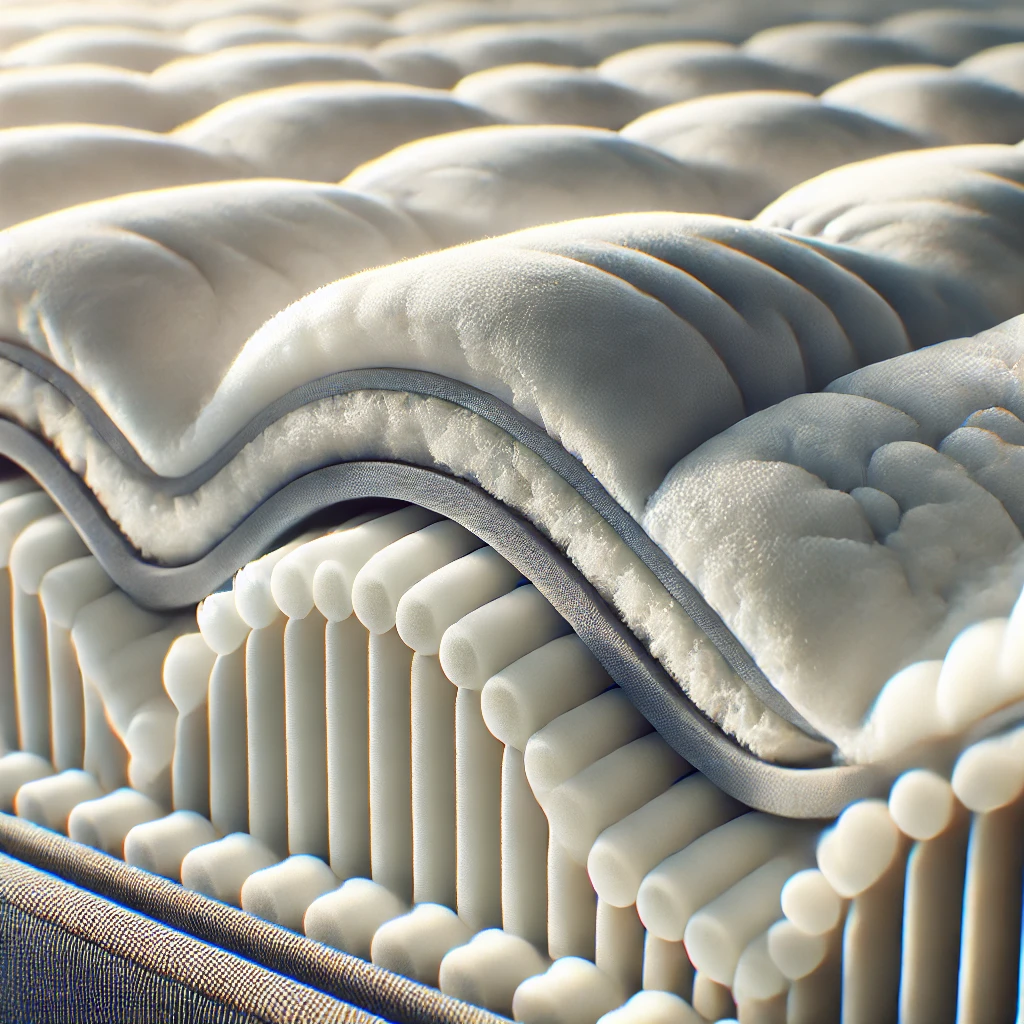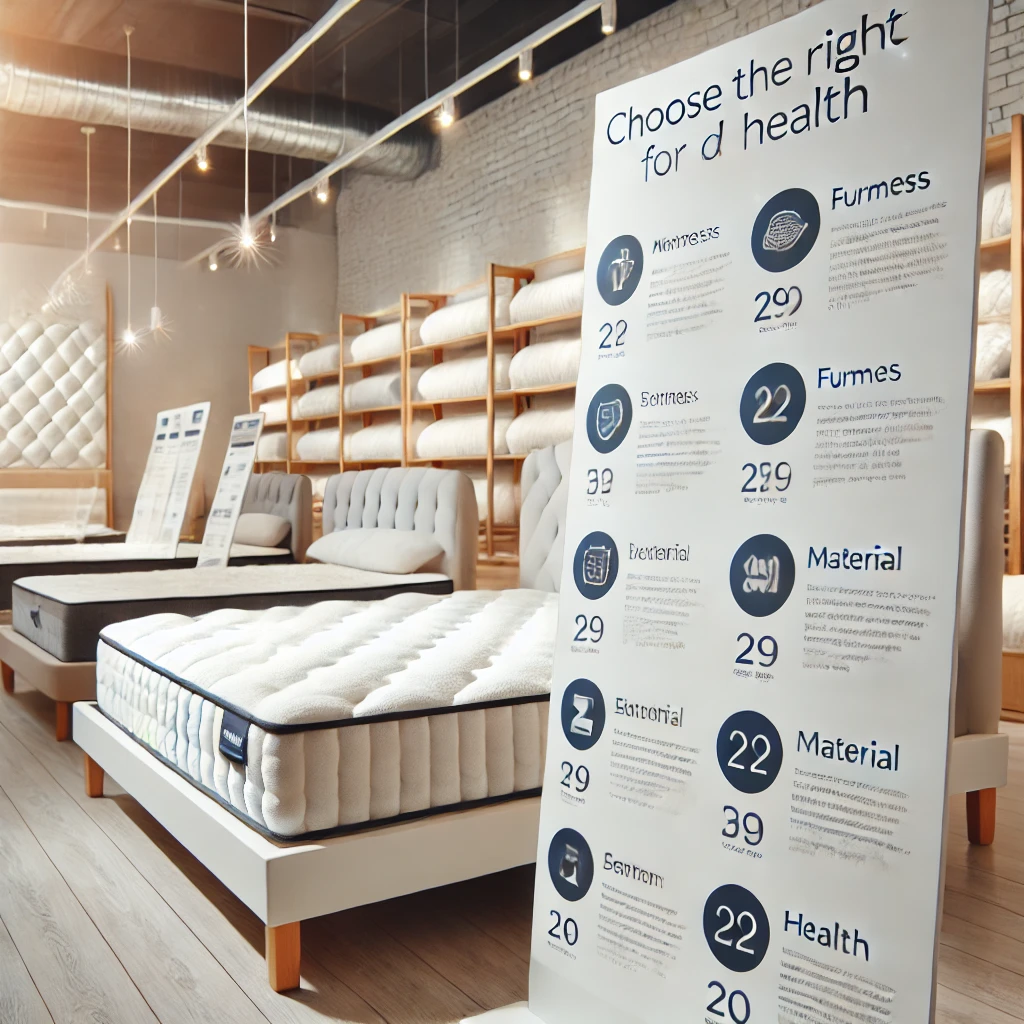When it comes to buying a mattress, many people rely on myths and misconceptions rather than facts. These myths can often lead to poor purchasing decisions that affect both comfort and sleep quality. In this mattress buying guide, we’ll debunk some of the most common myths and provide you with the real information you need for a wise investment. Whether you’re a first-time mattress shopper or looking to replace an old one, understanding the facts will help you make a better decision.
Myth 1: Expensive Mattresses Are Always Better
One of the most common myths is that higher-priced mattresses are always better. While it’s true that expensive mattresses often use higher-quality materials, price doesn’t necessarily guarantee superior comfort. Mattress quality is determined by the materials used and how well the mattress meets your individual needs, not just the price tag.
What to Look for Instead:
- Material: Check the type of material used (memory foam, innerspring, hybrid, etc.).
- Firmness: Choose based on your comfort level—firmness preferences vary for each person.
- Warranty: A longer warranty often reflects a manufacturer’s confidence in the mattress quality.
Myth 2: Firm Mattresses Are Better for Your Back
Another widespread belief is that firm mattresses are always the best option for back pain. While a firm mattress can help some people, it’s not the right choice for everyone. Back pain can be caused by a variety of factors, and the right mattress depends on your body type and sleeping position.

What You Should Know:
- Body Type Matters: Heavier individuals may need firmer support, while lighter individuals often find comfort in medium-firm mattresses.
- Sleeping Position: Side sleepers typically need softer mattresses to cushion their hips and shoulders, while back and stomach sleepers may prefer firmer support.
Myth 3: A Mattress Should Last for Decades
Many people believe that a mattress should last 20 years or more. While some mattresses may last that long, others won’t hold up as well over time. A mattress’s lifespan depends on its construction, materials, and how well it’s cared for.
Key Signs to Replace Your Mattress:
- Sagging or lumps: This indicates that the mattress has lost its supportive structure.
- Pain or discomfort: If you wake up with aches and pains, your mattress may no longer provide proper support.
- Visible wear and tear: When a mattress becomes visibly worn out, it’s time for a replacement.
Myth 4: Memory Foam Sleeps Hot
Memory foam has earned a bad reputation for trapping heat and causing discomfort. However, modern memory foam mattresses are designed with advanced cooling technologies that help regulate temperature.
What to Consider:
- Cooling Gel: Some memory foam mattresses are infused with cooling gel to promote airflow.
- Open-Cell Structure: Newer memory foam models are designed with an open-cell structure to allow better heat dissipation.
- Breathable Covers: Look for mattresses with breathable covers made from materials like cotton or Tencel to enhance airflow.
Myth 5: You Can’t Flip a Mattress
Many people assume that they should never flip their mattress, but that’s not true for all models. While many modern mattresses are one-sided, there are still plenty of two-sided mattresses that can be flipped to extend their lifespan.
Why Flipping Matters:
- Even Wear: Flipping your mattress can help distribute weight evenly, preventing sagging and wear on one side.
- Improved Comfort: Flipping the mattress allows you to refresh its feel, offering a new level of comfort.

Myth 6: The More Layers, the Better
Some buyers think that mattresses with multiple layers of foam or padding are automatically more comfortable or supportive. However, more layers don’t always mean better quality.
The Real Truth:
- Quality Over Quantity: A mattress with fewer, high-quality layers can often provide more comfort and support than one with numerous low-quality layers.
- Focus on What Matters: Choose a mattress based on your specific needs, such as pressure relief, comfort, and durability, not just the number of layers.
Myth 7: A Mattress Is a One-Size-Fits-All Purchase
Each person’s body and sleep preferences are different, so there is no one-size-fits-all mattress. A mattress that works for one person might not be suitable for another.
What to Keep in Mind:
- Test it Out: Always test a mattress before buying it, if possible. Lie down in your typical sleeping position and see if it feels comfortable.
- Return Policy: Look for a mattress that offers a trial period, so you can return it if it doesn’t meet your expectations.
Myth 8: A Mattress Isn’t Important for Your Health
Many people underestimate the importance of a mattress when it comes to their overall health. A good mattress is crucial for spinal alignment, muscle relaxation, and quality sleep, all of which contribute to physical and mental well-being.
Why Your Mattress Matters:
- Spinal Alignment: A good mattress supports your spine, preventing back pain and improving posture.
- Better Sleep: Quality sleep boosts immune function, reduces stress, and improves cognitive performance.
How to Choose the Right Mattress: A Mattress Buying Guide
Choosing the right mattress is about more than just picking a brand or price range. A mattress should meet your unique needs and preferences to provide the best support and comfort. In this mattress buying guide, we’ve shared key factors to keep in mind:
- Firmness Level: Choose based on your sleeping position and body type.
- Material: Different materials offer different benefits—memory foam, innerspring, and hybrid mattresses all provide unique features.
- Trial Period: Always look for a trial period to test the mattress and ensure it works for you.
- Durability: Consider the mattress’s expected lifespan based on its materials and construction.
By understanding the truth behind these mattress myths, you can make a more informed decision. The right mattress is essential for your sleep quality, overall health, and comfort, so it’s worth taking the time to choose wisely.

